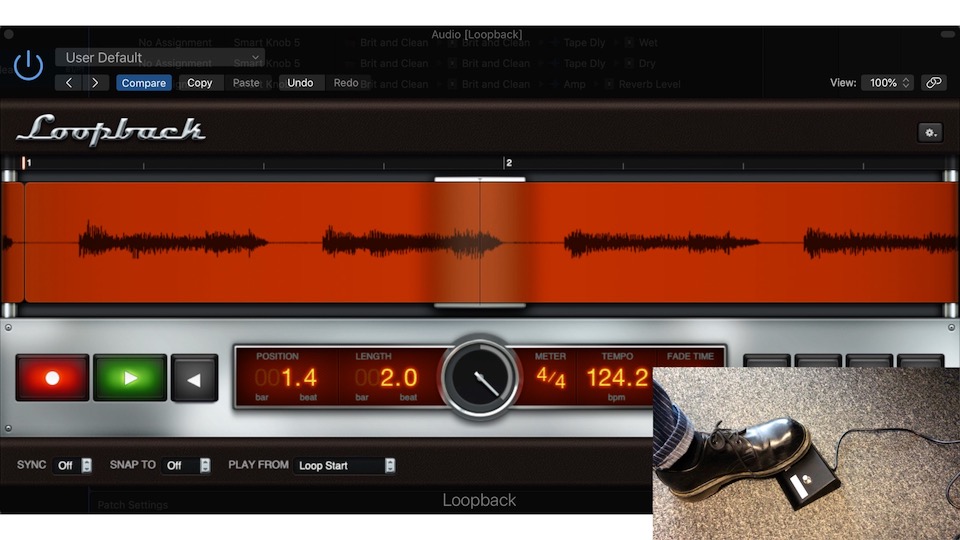- Mainstage is better for having an 'instrument' such as if you're the keyboard player in a band. It's more of a live/performance oriented virtual instrument host. My old roommate is a professional pianist by trade, and plays synths in bands. She uses mainstage to host her virtual instruments and various fx for them (delays, reverbs) and it works.
- What is MAINSTage 3. MainStage is a music application designed for use in live performance. MainStage turns your computer into a powerful multi-instrument and e ects processor that you can use on stage when you perform. Whether you sing or play a keyboard, guitar, or another instrument, you can use MainStage when you perform live.

Nowadays, when virtual instruments sound at least as good as, and often better, than real instruments, anyone can create any track using MIDI at home, without spending money on an expensive studio, equipment and session musicians. OK, great - we know what benefits a virtual studio provides in music production, but what about live performances or rehearsals?It's the same in this case. DAWs such as Apple Mainstage or Ableton Live are dedicated to live music.
Mainstage 3 4 4 – Live Performance Tool For Musicians Free
Mainstage Music prodigy Maurice West is back with another big festival anthem. Armed with a hooking melody and a drop that guarantees plenty of hands-in-the-air action, 'Robots In Love' will hit the crowd roaring in no time.
In this series of three blog posts, based on the example of MainStage 3, I will describe how to configure the built-in Loopback plugin and show how to control it without using your hands during live performances and achieve the same effect as when using dedicated looping equipment (e.g. Boss RC-300).
Part 1: Several different sound sources on one loop
Start Mainstage 3 and create a new 'Concert' - e.g. 'Guitar' from the 'Quick Start' menu.
Mainstage 3 4 4 – Live Performance Tool For Musicians Singing
Badland: game of the year edition 1 0. Go to the 'Edit' view if you are not in it.
Before you choose the Patch you are interested in, first configure Loopback so that it is available for every Patch. Thanks to this you will be able to easily change Programs (Patches) during the performance, and the looping tool will work with each of them. To do this, add a new Channel Strip on Concert level - first click on 'Untitled Concert' on Patch List
and then click the ⚙ icon and add a new Aux Channel Strip
and in it add the Loopback effect.
Give the new Strip a name, e.g. 'Loopback', and set the Input to any free Bus, e.g. Bus 15.Now you can choose the Patch that you want.In the Patch there are several pre-configured Channel Strips. Click on the one responsible for the sound of your guitar and in it set Send to Bus 15.
https://coollfiles520.weebly.com/amada-f1-laser-reference-manual.html.
You should also increase the level of the sent signal from -∞ to some value, preferably -2 dB / -3 dB.
When you set 0 dB or more and you will add subsequent layers of music on one loop, the sound level will start to grow unnaturally, and usually you want to create just a few bars of a backing track for your singing or solo.
Now let's configure the second source, this time Virtual Instrument controlled by MIDI keyboard or Drum Pad, so that you can tap and then loop the rhythm line. Click on + to add a new Channel Strip.
Depending on your needs, you can do it at the Patch, Set or Concert level by clicking on the appropriate item on the Patch List.
Select Software Instrument
Give the new Channel Strip a name, e.g. Drums, and configure any sound by selecting the Instrument in Input, or in the 'Instrument Channel Strip Inspector' window select a configuration preset from the Library (which in addition to the Instrument itself also contains EQ, Compression, etc.).
In order for this source to be looped, perform the same steps as for the guitar, i.e. set Send to Bus 15 and set the appropriate level. My tracks 3 4 42.
If you want to use more instruments or vocals, do the same - New Channel Strip, Send to Bus 15.Your first goal has been achieved - you can record several different sound sources on one loop. Capture one pro 12 0 3 download free.
In part 2 we will deal with the configuration of the MIDI controller, i.e. how to assign the footswitch buttons to the individual Loopback functions.
